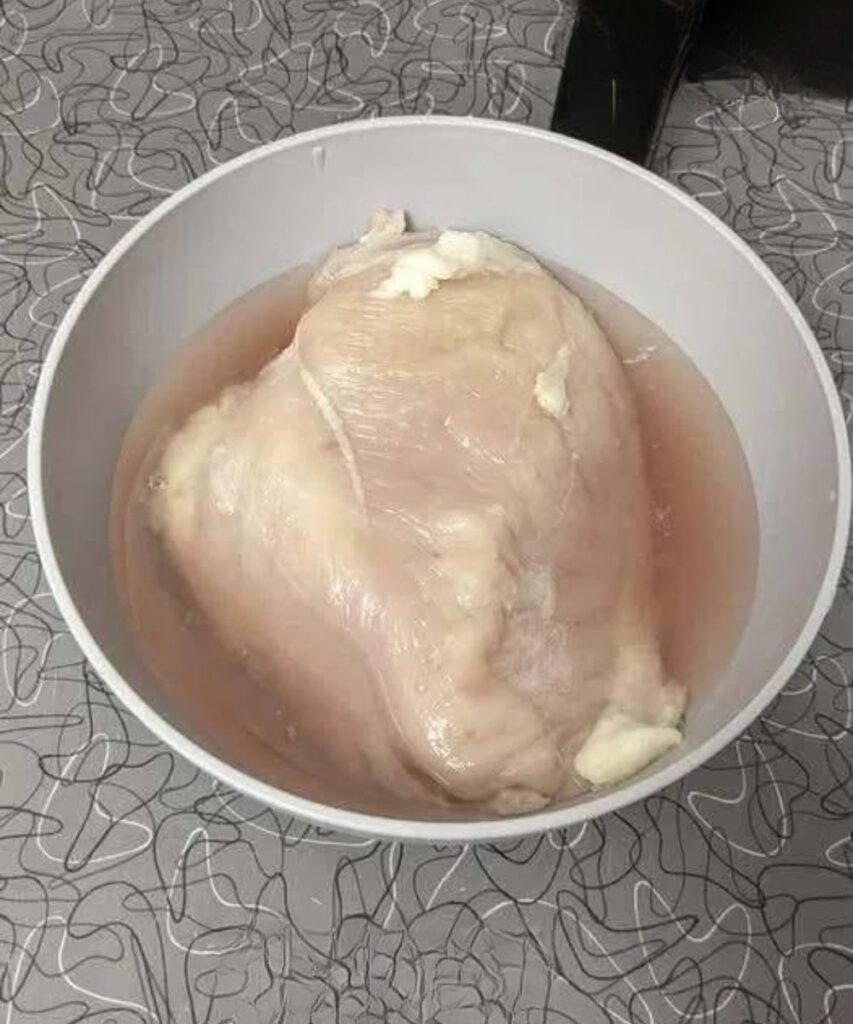
Is it safe to eat leftover chicken? What you need to understand
It’s occured to us all: craving a late-night snack only to seek leftover chicken or beef from dinner. But before you begin, it’s worth asking yourself: Is it safe?
Understanding the “Danger Zone”
The “danger zone” refers to the temperature range between 40°F (4°C) and 140°F (60°C).
In this range, bacteria such as Salmonella, E. coli and Staphylococcus aureus can multiply very rapidly, doubling their numbers every ~20 minutes under good conditions.
Therefore, when cooked meat remains in this area for too long, it becomes increasingly risky.
Chicken: a breeding ground for bacteria
Raw chicken breast with rosemary, garlic and peppercorns, selective focus. Culinary cooking ingredients
Chicken is especially dangerous because:
Poultry often anchorages bacteria that demand higher cooking temperatures to remove.
Even after cooking, contamination (from air, utensils, surfaces) can reacquaint bacteria.
Some bacteria or their toxins are not damaged simply by reheating. Once they proliferate, they can create heat-stable toxins.
How long is “too long”?
Below are standard food safety guidelines:
Situation Safe time at room temperature*
Cooked meat (including chicken) Up to 2 hours maximum before refrigerating.
If the ambient temperature is high (> ~90°F / 32°C) Only 1 hour maximum outdoors.
“Room temperature” here refers to what is felt in many kitchens or indoor environments: moderate, not super hot.
Once this safety period has expired, the meat should be dumped, even if it smells or looks good. Appearance and odor are unreliable indicators of bacterial contamination.
Refrigeration and storage standards
To ease risk and preserve leftovers:
Refrigerate immediately after cooking (or serving), ideally within 2 hours. On very hot days, do so sooner.
Use airtight, shallow containers to help food cool faster and not be exposed to contaminants.
Store cooked chicken or poultry in the refrigerator for no more than 3 or 4 days. After that time, bacteria can develop even at low temperatures.
If you’re not going to consume it within that time, freeze it. Freezing prevents bacterial growth.
What about overheating?
Reheating gets rid of some bacteria , but not necessarily all of the toxins produced by leaving food alone for too long. Once present, toxins can lead to illness even if the bacteria are k*lled.
When reheating, heat thoroughly, making sure the meat is piping hot throughout.
When in doubt: throw it away
Prevention is better than cure. If:
the meat has been out for more than 2 hours (or 1 hour in hot conditions),
It has been in warm environmental conditions,
You’re not sure how long he’s been gone,
or smells bad/slimy,
Then throw it away.
In summary
Cooked meat left at room temperature for more than 2 hours (or 1 hour if it is very hot) can be risky.
Chicken is especially dangerous because of the types of bacteria and toxins involved.
Refrigerate leftovers promptly, store them well, and eat them within a few days.